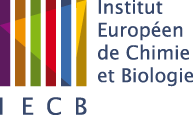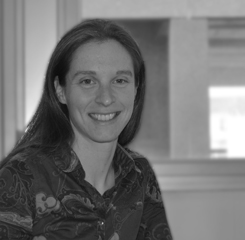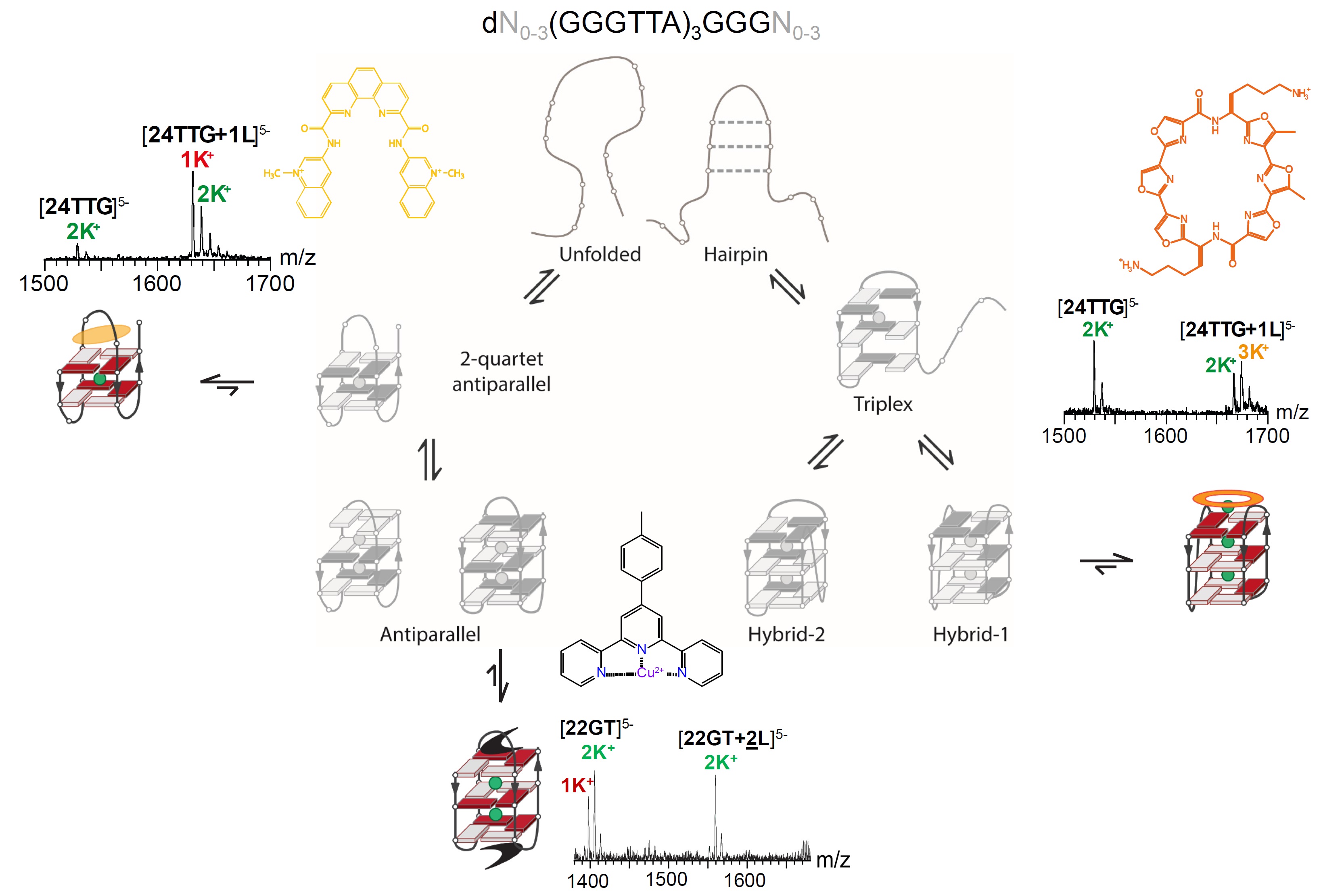| Mass spectrometry of nucleic acids and supramolecular complexes |
|
Research Director (DR2), Inserm Cette adresse email est protégée contre les robots des spammeurs, vous devez activer Javascript pour la voir.Website Tel : 05 4000 2940
Valérie Gabelica studied Chemistry and obtained her PhD in Sciences in 2002 at the University of Liège. After a postdoc in Frankfurt as Humboldt fellow, she rejoined the Mass Spectrometry Laboratory in Liège where she obtained an FNRS research associate position in October 2005. She joined the IECB in 2013 with the support of an Atip-Avenir grant, and became an Inserm research director (DR2) in December 2013. She obtained an ERC Consolidator grant in 2014. Her main research interests are fundamental aspects of mass spectrometry and its application to non-covalent complexes in general and nucleic acid complexes in particular, with research themes spanning from physical chemistry to biophysics and structural chemistry and biology. SummaryOur aim is to decipher the relationship between structures and energetics—Angstroms and Calories—in non-covalent complexes. Non-covalent interactions govern the structure and function of myriads of systems, from supramolecular assemblies to biological complexes. High-resolution structural methods help to understand what interactions are at stake in specific states of well-defined assemblies. Yet function is linked to energetics: How prevalent is a structural form? How does it switch to other states? How fast? To bridge the gap between structure and energetics, our team develops new mass spectrometry approaches to separate, quantify, and structurally characterize the different ensembles of structures (the different states) simultaneously present in solution. Activity reportUnveiling the role of cations in nucleic acids folding and ligand selectivity For nucleic acid complexes, the mass indicates how many strands of each sort assemble together, with how many cations and how many ligands. In the presence of mixtures, we obtain equilibrium information for each complex. Further, with time-resolved mass spectrometry experiments, we can investigate the reaction pathways. This led us to new insight into the folding pathways of G-quadruplexes: we found that all sequences first form long-lived misfolded structures (off-pathway compared to the most stable structures) containing 1 K+ and 2 quartets in an antiparallel stacking arrangement. The results highlight the particular ruggedness of G-quadruplex nucleic acid folding landscapes: misfolded structures can play important roles for designing artificial G-quadruplex based structures, and for conformational selection by ligands (Figure 1) or proteins in a biological context.
Figure 1. The folding pathways of telomeric G-quadruplexes were revealed by the number of cations encapsulated in the structure (NAR 2016). Mass spectrometry also revealed ligand binding modes, selectivities, and conformational selection: PhenDC3 (left) favors antiparallel, 2-quartet structures (JACS 2015 & BBA 2017). L2H2 (right) prefers the hybrid structures but grabs an extra cation upon binding (JACS 2015). Cu(ttpy) (bottom) binds cooperatively and select antiparallel structures with three G-quartets (Chem Eur J 2016). Adding a structural dimension to mass spectrometry The biggest challenge in mass spectrometry of intact folds and intact complexes lies in the characterization of the different states. We developed molecular modeling approaches to link ion mobility spectrometry data to molecular models, and are currently building unprecedented instrumentation to measure the circular dichroism spectra of ions separated in mass. The aim is to characterize each ensemble after separation by mass and shape. Understanding what happens during electrospray ionization Before native mass spectrometry can be applied to study nucleic acids conformations from solution, it is however essential to understand to what extent the different types of DNA/RNA secondary structures are pre-served, or affected, by the transition from the solution to the gas phase. We found that nucleic acid double helix structures are not necessarily preserved in the gas phase, but undergo compaction due to extra phosphate-phosphate contacts formed during gradual desolvation (Figure 2). These fundamental studies are important to pave the way to wiser applications of mass spectrometry, for nucleic acids and for other biomolecular or synthetic systems.
Figure 2. Modeling the gradual desolvation and declustering of ions upon electrospray is essential to account for the compaction experimentally observed for DNA duplex ions (ACS Cent. Sci. 2017). Selected publications
This team is part of the unit “RNA: Natural and Artificial Regulation” (ARNA), Inserm U1212/CNRS UMR5320/Université de Bordeaux |
2, Rue Robert Escarpit - 33607 PESSAC - France
Tel. : +33 (5) 40 00 30 38 - Fax. : +33 (5) 40 00 30 68






